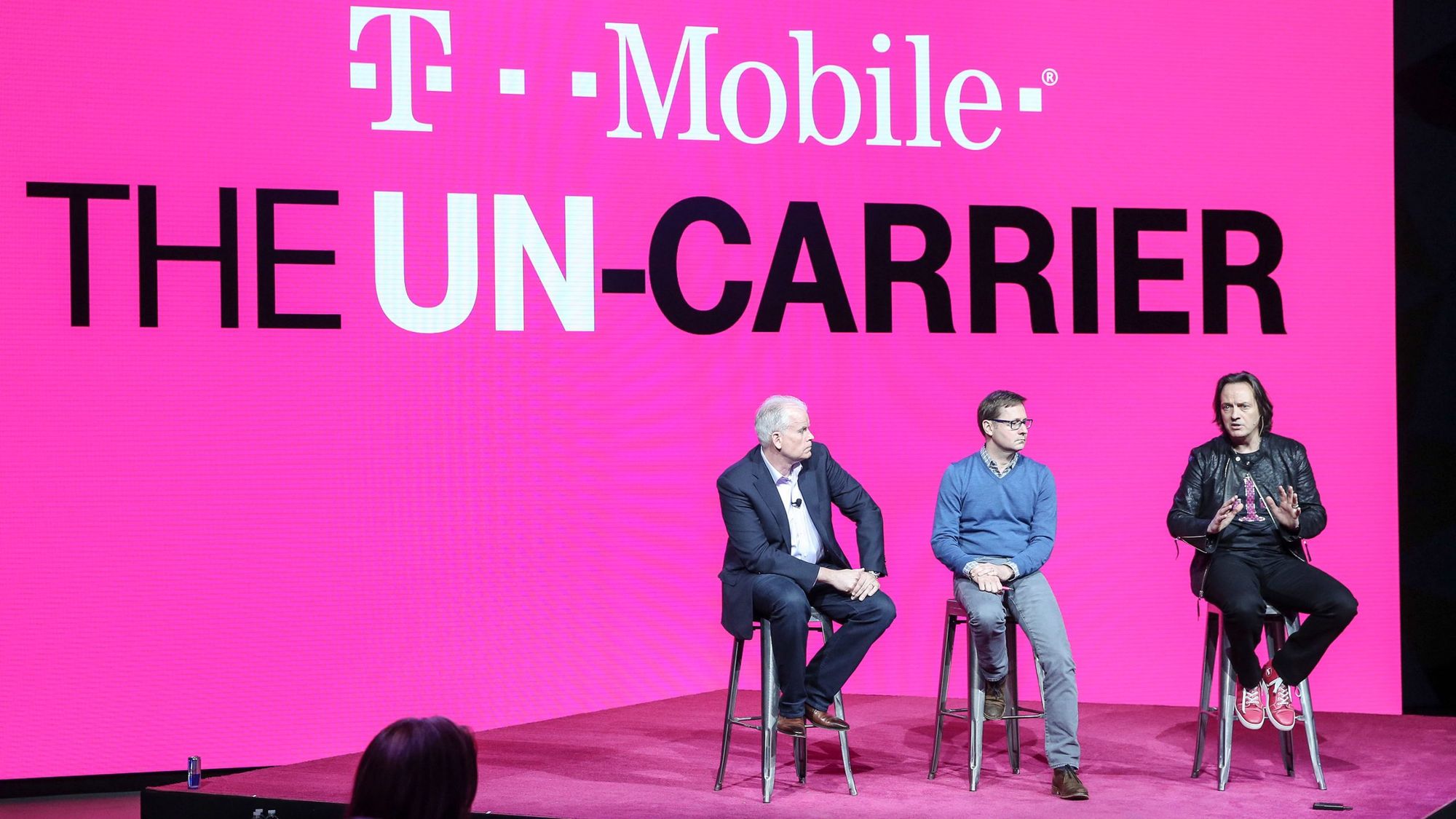"Do not wait for a coronation; the greatest emperors crown themselves" ~ Robert Greene
Positioning is a strategic game of creating a distinct identity in the mind of market. It requires drawing clear and polarizing lines in the sand that define your brand's unique value proposition. These lines can be drawn either against a competitor or with competition, depending on the situation.

The terms "competitor" and "competition" are often used interchangeably, but they actually have different meanings in the context of marketing and brand communications.
Competition or competitor?
A competitor is a specific organization or brand that offers similar products or services as your own. Competitors are usually seen as rivals that you're directly competing against in the marketplace. For example, if you own a coffee shop, another coffee shop in the same area would be considered a direct competitor.
Competition, on the other hand, refers to the broader landscape of alternatives that customers can choose from. This includes all the other options that customers might consider when deciding whether or not to buy your product or service. In the coffee shop example, the competition might include not only other coffee shops, but also tea shops, restaurants, convenience stores, and even home-brewed coffee.
Beware of substitution threats
Many founders I work with worry too much about their competitors. Instead, they should be more worried about substitution threats.
A substitution threat refers to the risk that users will switch to a substitute product or service instead of yours. Substitution threats can arise when there are alternative products or services that users perceive as being similar or comparable to your own.
For example, if you own a restaurant that specializes in seafood, a substitution threat might come from a nearby restaurant that serves a similar type of cuisine, such as Italian or Mexican.
Substitution threats can also come from indirect competitors or new technologies that offer customers alternative solutions. For example, the rise of ride-sharing services like Uber and Lyft represented a substitution threat to traditional taxi companies.

But what if you leveraged substitutions towards your own strategic advantage?
Go Against the Establishment
Positioning your brand as the substitution or alternative in the market can be a powerful strategy for standing out from the crowd. Rather than simply drawing a line in the sand against a single competitor, you can pick your fight with entire categories and position yourself as an "anti-establishment" force.

By doing so, you're not just challenging a specific competitor, but also taking on the status quo and challenging the existing categories themselves. This approach allows you to create a strong and compelling identity that sets you apart from the rest of the market, appealing to the frustrations of the market with existing powers.
The key to this strategy is to identify the pain points and frustrations that your customers are experiencing with the current market offerings, and position yourself as the solution to those problems. By offering a fresh perspective and a new way of doing things, you can establish yourself as a leader in your industry and gain a loyal following who are looking for something different.
7-UP, the Alt-Cola
Once upon a time, cola drinks dominated the American soft drink market, with nearly two-thirds of all beverages consumed falling into this category. But then something changed. With the stroke of a branding genius, 7-Up broke free from the pack by establishing itself as an "uncola" - a refreshing and delicious alternative to the carbonated colas that had long monopolized the market.

By linking the product to what was already in the mind of the consumer, 7-Up was able to position itself as a distinctive and appealing choice. This clever marketing strategy challenged the conventional wisdom and helped to establish the brand as a credible and exciting option for soft drink lovers.
T-Mobile, the Alt-carrier
When John Legere took the reins as CEO of T-Mobile, he faced a daunting challenge: how to differentiate the company in a market that was notoriously customer-hostile. At the time, the industry was plagued by mandatory contracts, hidden fees, and limited plans that left consumers feeling frustrated and exploited.

Legere's bold strategy was to buck the conventional wisdom and reposition T-Mobile as the carrier that would do the opposite. He set out to eliminate the mandatory contracts, the arbitrary fees, the early termination penalties, and the other predatory practices that had become the industry norm. It wasn't just a marketing campaign; it was a comprehensive overhaul of the company's entire approach to doing business.
To the surprise of many, Legere's "Alt-carrier" approach paid off. T-Mobile began to attract new customers and generate profits, even as the other carriers scrambled to keep up with their progressive policies. By putting the needs and desires of consumers first, T-Mobile was able to establish itself as a leader in the industry and force other companies to follow suit.
Spotlight on Alt-L1s
In the fast-paced and ever-evolving world of crypto, "alt-L1" has emerged as a buzzword to refer to alternative layer one blockchain platforms. These alt-L1 protocols are often positioned as competitors to or substitutes for the dominant layer one blockchain platforms like Bitcoin and Ethereum.

By positioning themselves as alternatives, alt-L1 protocols are essentially leveraging the alternative positioning strategy to gain mindshare and attract users. This strategy is not new in the world of marketing, but it has become increasingly important in the crowded and competitive world of cryptocurrency.
Alt-L1 protocols differentiate themselves by offering unique features, such as faster transaction speeds, lower fees, or enhanced privacy, that address the limitations of existing blockchain platforms. They may also capitalize on emerging market trends, such as decentralized finance or non-fungible tokens, to attract a niche user base.
Challenge the status quo
So, if you're looking to shake up the market and make a name for yourself, consider taking the "alternative" positioning strategy. By challenging the status quo and offering a compelling alternative or substitution, you can set yourself apart from the competition and carve out a successful niche in your industry.

